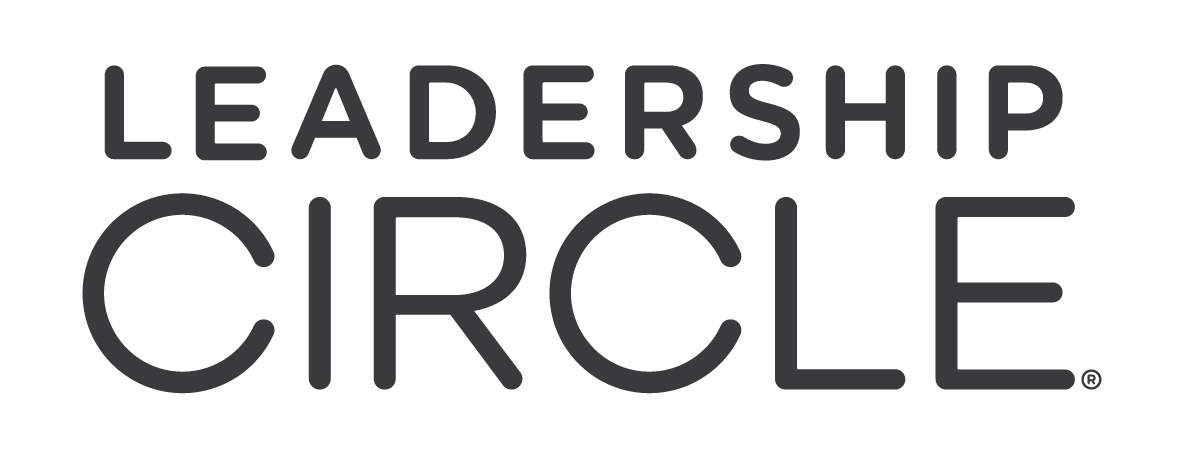Work-life balance has shifted from being a personal goal to becoming a major organisational priority. No longer viewed as a “perk,” balance is now directly tied to employee well-being, performance, and retention. Forward-thinking organisations understand that balance isn’t just nice to have—it’s critical to building sustainable, engaged, and high-performing teams.
For leaders, however, balance can feel harder to grasp. Between competing demands and relentless schedules, it often seems just out of reach. But balance isn’t a final destination. It’s best understood as a cycle—a rhythm of adjusting, prioritising, and recalibrating. When leaders approach it this way, they not only sustain themselves but also unlock healthier, more productive cultures for their teams.
The Changing Face of Work-Life Balance
Work-life balance looks very different today compared to a decade ago. Remote and hybrid work, blurred boundaries between home and office, and rising expectations of workplace flexibility have fundamentally reshaped how employees define balance.
Balance as an Ongoing Cycle
Rather than seeing balance as a static state, leaders need to view it as a continuous cycle of reflection and reset. Just as organisational priorities shift throughout the year, so too do personal and professional demands. Leaders who adopt this adaptive mindset can make timely adjustments, ensuring equilibrium across both life and work.
Employees Expect More
Salary is no longer the only driver of employee engagement. Increasingly, staff value roles that allow them to integrate professional and personal priorities. Flexible arrangements, wellness initiatives, and supportive workplace cultures rank high on the list. For leaders, responding to these expectations means more than introducing flexible work policies—it requires embedding well-being into the organisation’s DNA.
The Emotional Payoff
Balance is not only about managing time—it carries significant emotional benefits. Employees who feel balanced report higher levels of happiness, productivity, and long-term engagement. Organisations that invest in well-being strategies consistently see lower burnout and better results across the board.
The Leader’s Role in Shaping Balance
Work-life balance starts at the top. Leaders play a critical role in shaping culture, modelling behaviours, and setting expectations for what balance looks like.
Lead with Example
When leaders visibly prioritise their own balance, they give permission for their teams to do the same. This might mean taking leave without guilt, avoiding after-hours emails, or carving out space for family commitments. Leadership Circle’s assessments can help leaders gain insight into their patterns and build more balanced approaches to leadership.
Foster Flexibility
Flexibility has become a baseline expectation. Leaders can strengthen balance by promoting autonomy over schedules, experimenting with compressed weeks, or embracing asynchronous communication. The goal isn’t less productivity—it’s smarter productivity that respects personal time.
Build Psychological Safety
Balance thrives in environments where employees feel safe to set boundaries without fearing judgement. Leaders who encourage open dialogue and respond with empathy establish trust-based cultures where both performance and well-being flourish.
Practical Strategies to Embed Balance
- Cycle-Based Planning: Treat balance as seasonal, adjusting workloads and expectations to align with changing personal and organisational needs. Quarterly check-ins on balance can be just as important as performance reviews.
- Technology Boundaries: While digital tools enhance efficiency, they can also extend the workday indefinitely. Organisations should establish norms such as no emails after 6pm or weekend communication only in emergencies.
- Measure What Matters: Balance should be tracked alongside performance and engagement. Surveys, leadership assessments, and well-being metrics provide clarity on how individuals and teams are coping.
Balance as a Strategic Advantage
Organisations that treat balance seriously reap tangible rewards. Balanced employees stay longer, perform better, and contribute to healthier workplace cultures. Research shows engaged companies see stronger financial outcomes compared to disengaged ones. Leaders who create environments that value well-being position their organisations for sustainable success.
Final Thoughts
Work-life balance isn’t about achieving a perfect split—it’s about embracing it as an evolving cycle. Leaders who model balance, create flexibility, and support their teams in managing shifting demands unlock the conditions for resilience, engagement, and peak performance.
At Leadership Circle, we help leaders create environments where balance and high performance go hand in hand. Explore our assessments and programs designed to empower leaders to drive results while fostering well-being across their teams.





